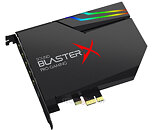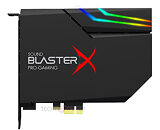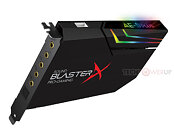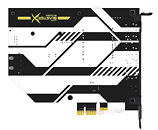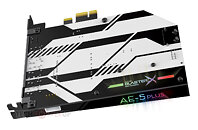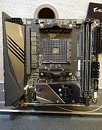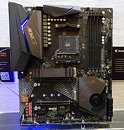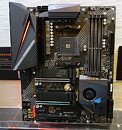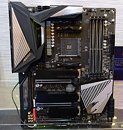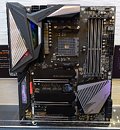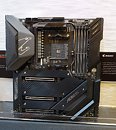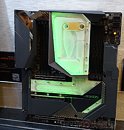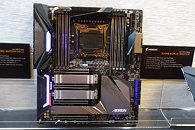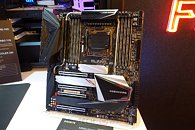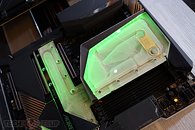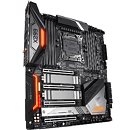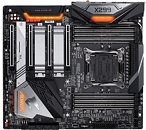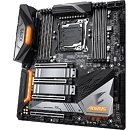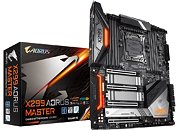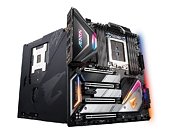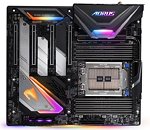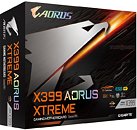
ASRock Refreshes Z790 Motherboard Lineup: Taichi Lite, Nova, PG Riptide WiFi7, and LiveMixer
ASRock gave its Socket LGA1700 motherboard lineup, specifically those based on the Z790 chipset, a mid-lifecycle refresh with the introduction of four new motherboard models. These include the new Z790 Taichi Lite, Z790 Phantom Gaming Riptide WiFi7, Z790 Nova WiFi7, and the Z790 LiveMixer. The Z790 Taichi Lite heralds a new sub-brand in ASRock's motherboard product stack. This provides the core feature-set of the top Taichi, such as CPU VRM and overclocking capabilites, but tones down on the aesthetic, and some I/O connectivity. Interestingly, the Taichi Lite sticks with older WiFi 6E connectivity, besides a Killer 2.5 GbE + Intel 2.5 GbE wired network. The onboard audio solution is fairly slick, featuring a Realtek ALC4082 codec, an ESS Sabre 9218 DAC for the front-out, and WIMA audio capacitors.
In related news, ASRock also extended the Taichi Lite brand to the AMD platform, by debuting the B650E Taichi Lite, with a powerful CPU VRM that's comparable to that of the X670E Taichi, and a nifty I/O that includes WiFi 6E, Killer 2.5 GbE wired networking, and the same exact onboard audio solution as the Z790 Taichi Lite. The Z790 Phantom Gaming Nova is intended to be the most premium Phantom Gaming series motherboard in the product stack, although positioned a notch below the Z790 Taichi (although above the Z790 Taichi Lite on account of its features). You get the most powerful CPU VRM solution among the company's Phantom Gaming motherboards, a neat, illuminated common heatsink for M.2 drives other than the topmost Gen 5 (which gets a chunkier heatsink), and plenty of overclocker-friendly features. It has a more advanced set of network connectivity than the Taichi series, with 5 GbE wired networking, and the latest WiFi 7. Interestingly, the onboard audio is simpler, with just the ALC4082 handling all channels (no ESS DAC).
In related news, ASRock also extended the Taichi Lite brand to the AMD platform, by debuting the B650E Taichi Lite, with a powerful CPU VRM that's comparable to that of the X670E Taichi, and a nifty I/O that includes WiFi 6E, Killer 2.5 GbE wired networking, and the same exact onboard audio solution as the Z790 Taichi Lite. The Z790 Phantom Gaming Nova is intended to be the most premium Phantom Gaming series motherboard in the product stack, although positioned a notch below the Z790 Taichi (although above the Z790 Taichi Lite on account of its features). You get the most powerful CPU VRM solution among the company's Phantom Gaming motherboards, a neat, illuminated common heatsink for M.2 drives other than the topmost Gen 5 (which gets a chunkier heatsink), and plenty of overclocker-friendly features. It has a more advanced set of network connectivity than the Taichi series, with 5 GbE wired networking, and the latest WiFi 7. Interestingly, the onboard audio is simpler, with just the ALC4082 handling all channels (no ESS DAC).














